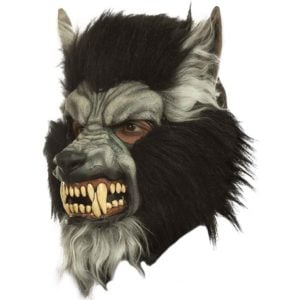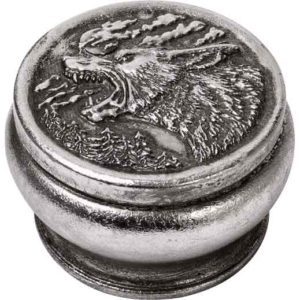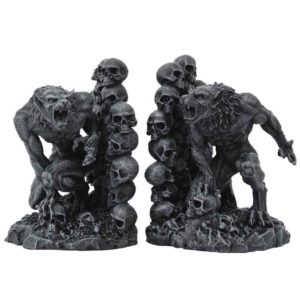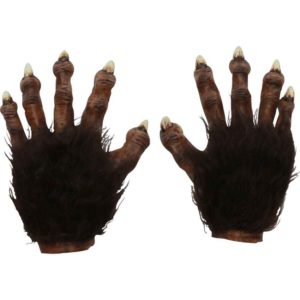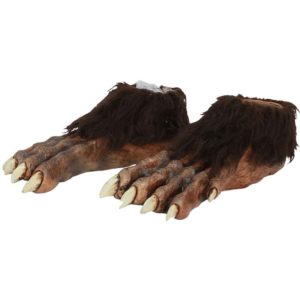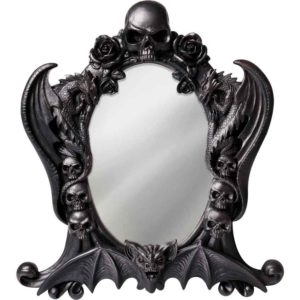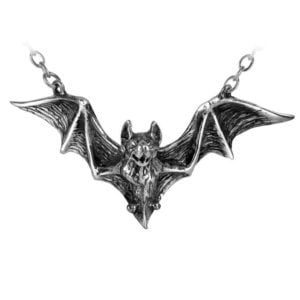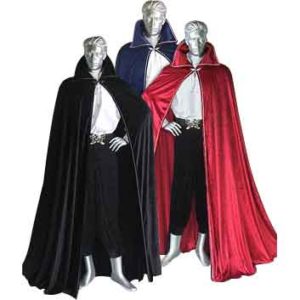Medieval Werewolves and the Undead

Halloween is a popular time of year for telling stories of werewolves and vampires. Of course, you can tell such tales at any time of year, but they are especially fun at Samhain. While most people think of these creatures coming from pop culture, they have roots and equivalents in the medieval world. We will briefly cover the world of medieval werewolves and creatures of the undead.
What were Medieval Werewolves Like?
Let’s start with the medieval werewolf. The term werewolf is rather old. This creature in the medieval world differs in its depiction and actions from the modern version. While the modern version is often a combination of man and wolf, the medieval version usually looked almost indistinguishable from an actual wolf. In addition, the modern depiction of werewolves loves to explore the idea of the feral wolf inside of the person. However, for the medieval werewolf, it was almost the exactly the opposite. They focused on the idea of the man trapped inside of the wolf and would contrast the humanness and gentleness of the creature with the nature of a real wolf.
Also, the idea of a trapped person was exactly how most werewolves were portrayed. Usually, they were humans cursed into a wolf form, but sometimes they could be natural werewolves. Often, the werewolf was a man cursed by a woman, commonly his wife, into a wolf form. A 12th century tale by Marie de France called Bisclavret gives one such story. In this tale, a baron was a natural werewolf who was unable to escape his wolf form because his wife stole his clothes. To find out what happens, you will need to read the narrative poem for yourself.
Another werewolf tale comes from the Topographia Hibernica, written after the Norman Invasion of Ireland. It is one of the few medieval tales to depict a female werewolf. This tale mentions a couple cursed by a bishop into wolf forms. The husband tries to get last rites performed for his wife.
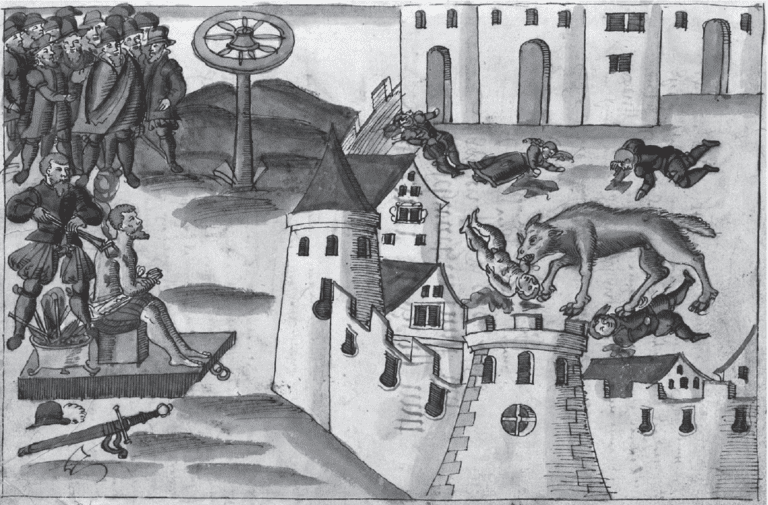
The Medieval Legal Use of Werewolf
Outside of the realm of folklore, the term werewolf had a legal connection and thus, serious consequences. A medieval werewolf was an outlaw, and no, it wasn’t as fun as Robin Hood makes it sound. Specifically, the term in use was Caput Lupinum, or wolf’s head. This was term first used in the Leges Edwardi Confessoris, most likely composed in the 12th century. It was also used later on in the Mirror of Justices in the 14th century. It stated that someone accused of a felony who refused three times to attend court would be declared Caput Lupinum.
When applied to someone, the label of wearing a wolf’s head meant that anyone could kill said person without judicial inquiry. In the medieval world, wolves were absolutely despised and hated creatures, due to their danger towards people and livestock. Anyone could kill a wolf without question and would likely be praised for removing a danger to the community. Thus, to have the term Wolf’s Head attached to your name meant that you were on the same level as an actual wolf. Not a place that you would like to be.

-
Hour of the Wolf Box
SKU: AG-V103Rated 0 out of 5$24.00Original price was: $24.00.$14.40Current price is: $14.40. Add to Cart
Medieval History of Vampires and the Undead
As creatures of the undead, vampires are more modern, in contrast to the medieval existence of werewolves. We will talk about two such creatures of the undead: the draugr and the vrykolakas.

-
Velour Vampire Shirt
SKU: MCI-276$49.00 – $59.00 Add to Cart This product has multiple variants. The options may be chosen on the product pageRated 0 out of 5 -
Vampires Cloak
SKU: MCI-173$132.00 – $142.00 Add to Cart This product has multiple variants. The options may be chosen on the product pageRated 0 out of 5
Draugr: A Norse Creature of the Undead
The draugr comes from Norse and Icelandic folklore. This creature of the undead usually forms out of the corpses of mean, nasty, or greedy people. They live in their graves or in royal palaces guarding their treasure. The draugar have hideous bodies with supernatural strength, and they reek of decay. They can enter the dreams of living, just like modern vampires. Also, these creatures are bloodthirsty and have an insatiable appetite. The Grettis saga features the most popular Nordic depiction of a draugr. Its name is Glamr. A translation of this saga described the draugr as a barrow-wight, giving Tolkien the term that he would later use in his novels.
What were the undead of Greece? The Vrykolakas!
The Vrykolakas comes from Greek legend and folklore. This undead creature forms out of the corpses from someone who either lead a sacrilegious life, was excommunicated from the church, or was buried in unconsecrated ground. Now while the unconsecrated ground thing may seem like an odd medieval superstition, this belief lasted well into the 20th century. In fact, during a Greek famine at the end of WWII, there were many graveyards that were overfilled, and thus, people had to be buried outside of consecrated ground. This caused some families to take preemptive steps to prevent their loved ones from becoming vrykolakas.
This creature of the undead would not decay, and in contrast to the modern, pale vampire depiction, would often be ruddy in complexion. They would usually have red hair and grey eyes. Also, in contrast to modern vampires, they were more likely to feast on flesh than drink blood, although, they could kill by crushing or suffocating their sleeping victims. Their other activities would range in scale from simply just roaming around all the way up to causing epidemics.
One part of the Vrykolakas legend focuses on the idea of knocking on doors. If someone answered right away, they would be the next to die and become one of the vrykolakas. If no one answered, then the creature would move along. This belief eventually became a superstition in some parts of Greece that you should wait until the second knock to answer the door.
Medieval Creatures of Horror Wrap-up
From medieval outlaws to the Greek undead, there are multiple creatures and characters that relate to werewolves and vampires. We hope that we have enlightened you to a bit of history about these popular Halloween figures. Are you more a fan of modern vampires and werewolves, or do you prefer their medieval equivalents? Let us know down below!
Image Notes:
Werewolf in Geneva: A 1587 pen drawing by Johann Jakob Wick of a man sentenced for killing people while changed into a wolf. It is in the Public Domain.
Mirror of Justices: Image of the title page of the 14th century Anglo-Norman-French law textbook. It is in the Public Domain.
Bela Lugosi’s Dracula: This is a screenshot from the original trailer for the film. Since it was published in the United States between 1927 and 1977, inclusive, without a copyright notice, it is in the Public Domain.

